In today’s fast-paced healthcare environment, hospitals and clinics can’t afford downtime. Every second counts when lives are on the line. That’s why many healthcare facilities are turning to Healthcare Automation with CMMS (Computerized Maintenance Management Systems) to streamline operations, ensure compliance, and improve patient outcomes.
What Is CMMS in Healthcare?
A Computerized Maintenance Management System (CMMS) is software that helps organizations manage and automate maintenance operations. In healthcare, a CMMS plays a critical role by tracking assets, scheduling preventive maintenance, managing work orders, and ensuring regulatory compliance.
Think of it as the digital backbone of your hospital’s infrastructure—keeping everything from HVAC systems to MRI machines running smoothly.
Why Healthcare Facilities Need Automation
Healthcare facilities rely on hundreds of assets—medical devices, elevators, lighting, fire safety systems, sterilization equipment, and more. Manual tracking of maintenance schedules and breakdowns not only wastes time but can also lead to critical system failures.
Automation offers a smarter way:
-
Reduce Equipment Downtime
With automated preventive maintenance schedules, you can catch problems before they lead to failures, ensuring continuous patient care. -
Boost Compliance and Safety
CMMS keeps detailed logs, perfect for audits and compliance with regulations like Joint Commission, OSHA, and HIPAA. -
Enhance Operational Efficiency
From inventory control to real-time reporting, automation reduces administrative overhead and helps staff focus on patient care.
Key Benefits of CMMS in Healthcare Automation
1. Preventive Maintenance Scheduling
CMMS helps automate maintenance tasks based on usage or time intervals. This keeps medical equipment and infrastructure operating at peak performance.
2. Work Order Management
Create, assign, track, and close maintenance tasks efficiently. Technicians receive alerts, updates, and instructions in real-time.
3. Asset Lifecycle Management
Track the history, status, and performance of every asset. Make data-driven decisions about repair vs. replacement.
4. Compliance and Audit Readiness
Generate instant reports for inspections and audits, minimizing the stress and chaos often involved in regulatory reviews.
5. Mobile Access
Modern CMMS platforms come with mobile apps, allowing technicians and managers to access critical information on the go.
Real-World Example: How CMMS Improved Hospital Efficiency
A regional hospital in the Midwest implemented a cloud-based CMMS to automate its maintenance processes. Within six months, it reported:
-
35% reduction in emergency repair requests
-
20% savings on maintenance labor
-
100% audit compliance with zero violations
-
Improved patient satisfaction due to fewer equipment delays
Choosing the Right CMMS for Your Healthcare Facility
Not all CMMS platforms are created equal. When selecting a system, consider:
-
User-friendly interface
-
Mobile access and real-time notifications
-
Integration with existing hospital systems (like EHR or ERP)
-
Customizable reporting and dashboards
-
Vendor support and training
Future-Proofing Healthcare with Automation
As healthcare evolves, the need for reliable infrastructure becomes even more crucial. Automation with CMMS isn’t just a convenience—it’s a necessity. Hospitals that embrace this technology position themselves to deliver safer, faster, and more efficient care.
